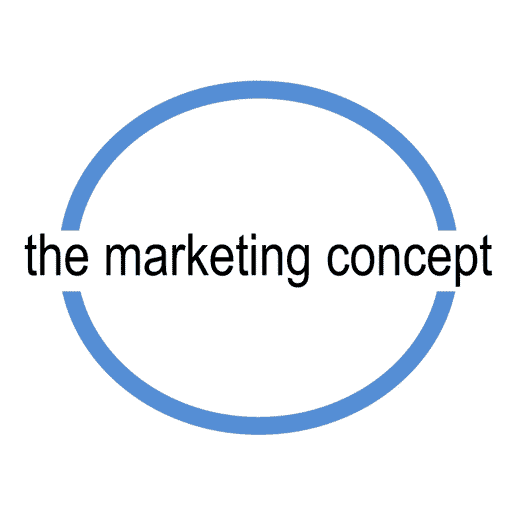Place & Quality
Parmigiano-Reggiano
Place can often communicate ideas of quality. One such example is Parmigiano-Reggiano – this is like an umbrella brand. In this example we will discover that even within this premium cheese category one family business directs its efforts to best satisfying the needs of those who prefer organically certified produce – better than best satisfying.

One of the product components that is often overlooked or is given lesser attention than it deserves is the product component of place. As consumers we tend to think of place as a physical place – one that we visit [e.g., the marketplace]. In digital times we have come to think of place as a space – one that we visit remotely [e.g., the marketspace]. With some products, we may visit both – the marketspace and the marketplace [e.g., booking a holiday] and may even visit them a number of times as we search for information.
According to themarketingconcept [e-book] place can be defined as: Place can be a dominant or determinant product component. Place, as a product component is the setting in which the product is purchased and delivered. Place may be a material or non-material site. Place can be natural or man-made. Place also is an idea that identifies the provenance of the product.
This idea of place as part of the product provenance is an interesting idea and important for marketing practitioners to understand and, when appropriate, employ. Provenance is a French term that refers to the heritage/history/ownership that is embedded within the product and the brand. Provenance is also about authenticity – the authenticity of the place – the terroir. Provenance is also about the traceability of the production process. Provenance is a term that is often used in art to identify the authenticity and history of a work of art. Just, as in art where a forgery is considerably less valuable than an original, the same is true with most products. The following initialisms are common:
- IGP Indicazione Geografica Protetta certification identifies product that are produced within a predetermined area.
- DOP Denominazione d’Origine Protetta certification identifies products that are produced within a predetermined area and to a traditional with each part of the process specified, regulated, and audited.
During my travels, there were a number of occasions where exemplars of product provenance were apparent. I would like to discuss a few examples that could be classified as a relentless pursuit of best satisfying products – the first example is Parmigiano-Reggiano.
Parmigiano-Reggiano [sometimes referred to as Parmesan cheese]; is a style of cheese that can only be produced within a defined region of Italy and then only after strict adherence to specific animal husbandry and production methods. This ancient practice is highly regulated by the Parmigiano-Reggiano Cheese Consortium. Parmigiano-Reggiano is a premium cheese and highly regarded and is often referred to as ‘the king of cheeses’. According to the consortium’s web page the primary goals of the consortium are to guarantee the quality of a cheese that has been loved for over 9 centuries, and to protect consumers from the risk of purchasing what could be described as ‘inferior copy cheese’.



Although there are many producers of Parmigiano-Reggiano, only a small percentage produce the cheese using organic methods. In Modena, the Panini family have produced Bio certified [organic] Parmigiano-Reggiano under the Hombre brand since 1999. The Hombre website tributes this pioneering process to the late Umberto Panini, who had the vision, passion, and commitment to search for a pure and natural method of producing his products. Although producing products in a centuries old natural process is a worthwhile ‘ideal’ it should be considered that achieving ‘Bio Certification’ requires additional costs, discipline, and compliance – the Hombre website states that the goal is to better the best. Producing best satisfying products is a strategic goal of marketing practitioners, therefore, as a marketing scholar, the Hombre brand interesting – it demonstrates how product qualities become product quality and how personal values become product value.
Hombre have created a niche category within a premium category.
Keen to find out more I undertook a tour around with their delightful and knowledgeable tour manager and later had a meeting with the Panini brothers. Here is a family with a clear business philiosophy – best satisfying the needs of consumers who wanted to know the provenance of what they ate and were prepared to pay a premium to ensure that the animals were well treated and minimal impact on the environment resulted from the production process. What was also impressive, was here is an example of a brand positioning itself as a niche brand in a niche market that is already known for quality.
Clearly – Parmigiano-Reggiano is an aggregate brand that is an umbrella for a number of brands and is a heuristic for quality?
